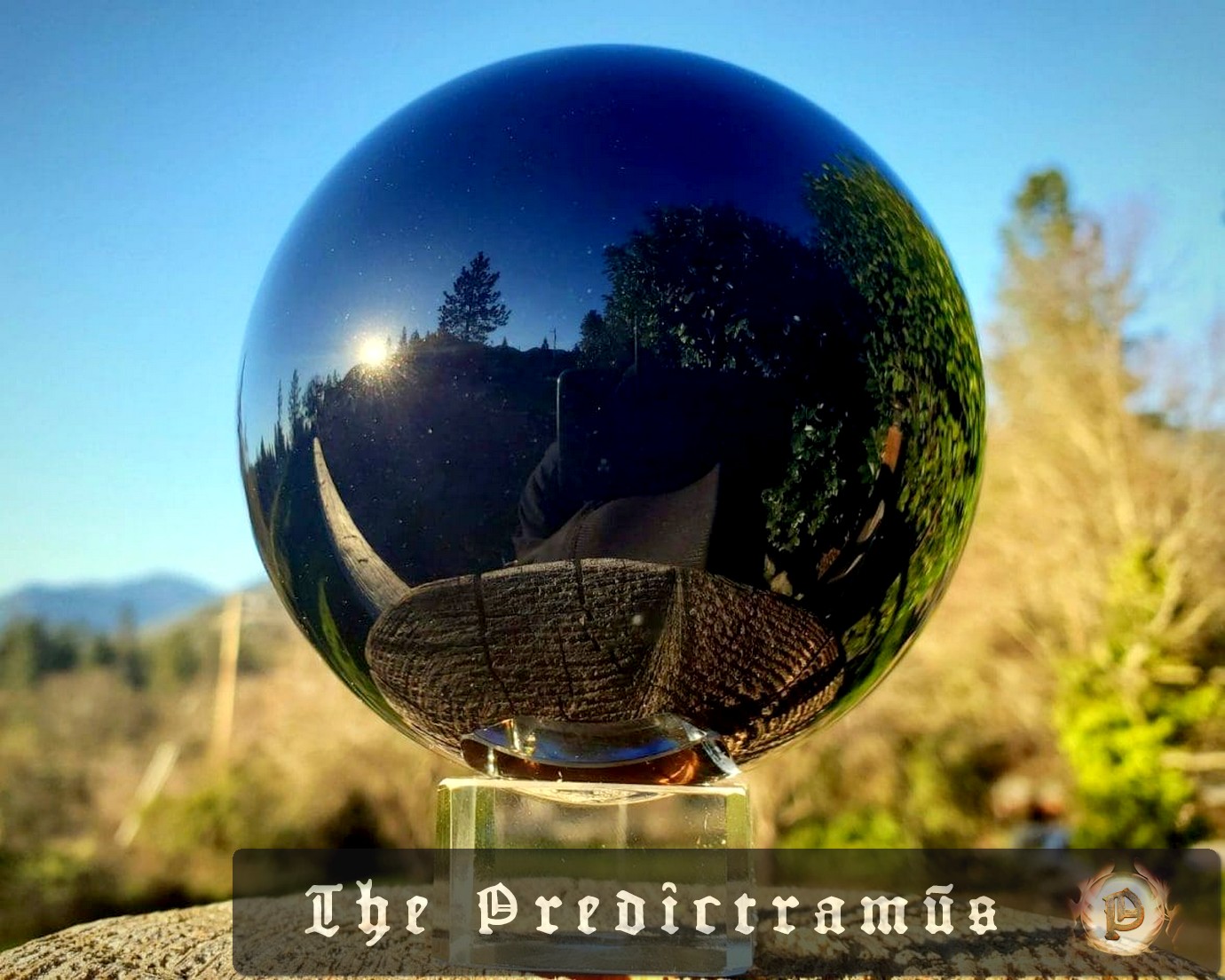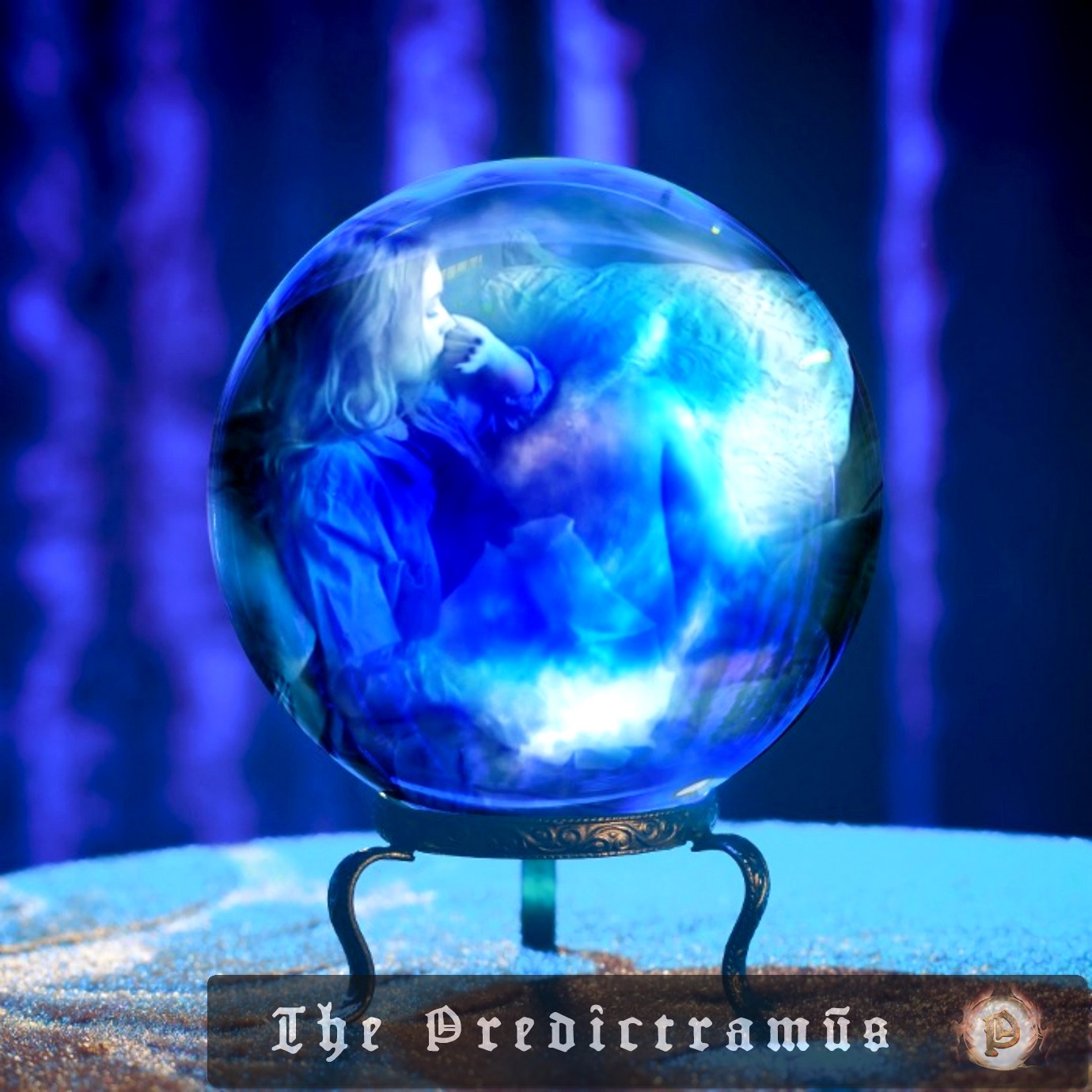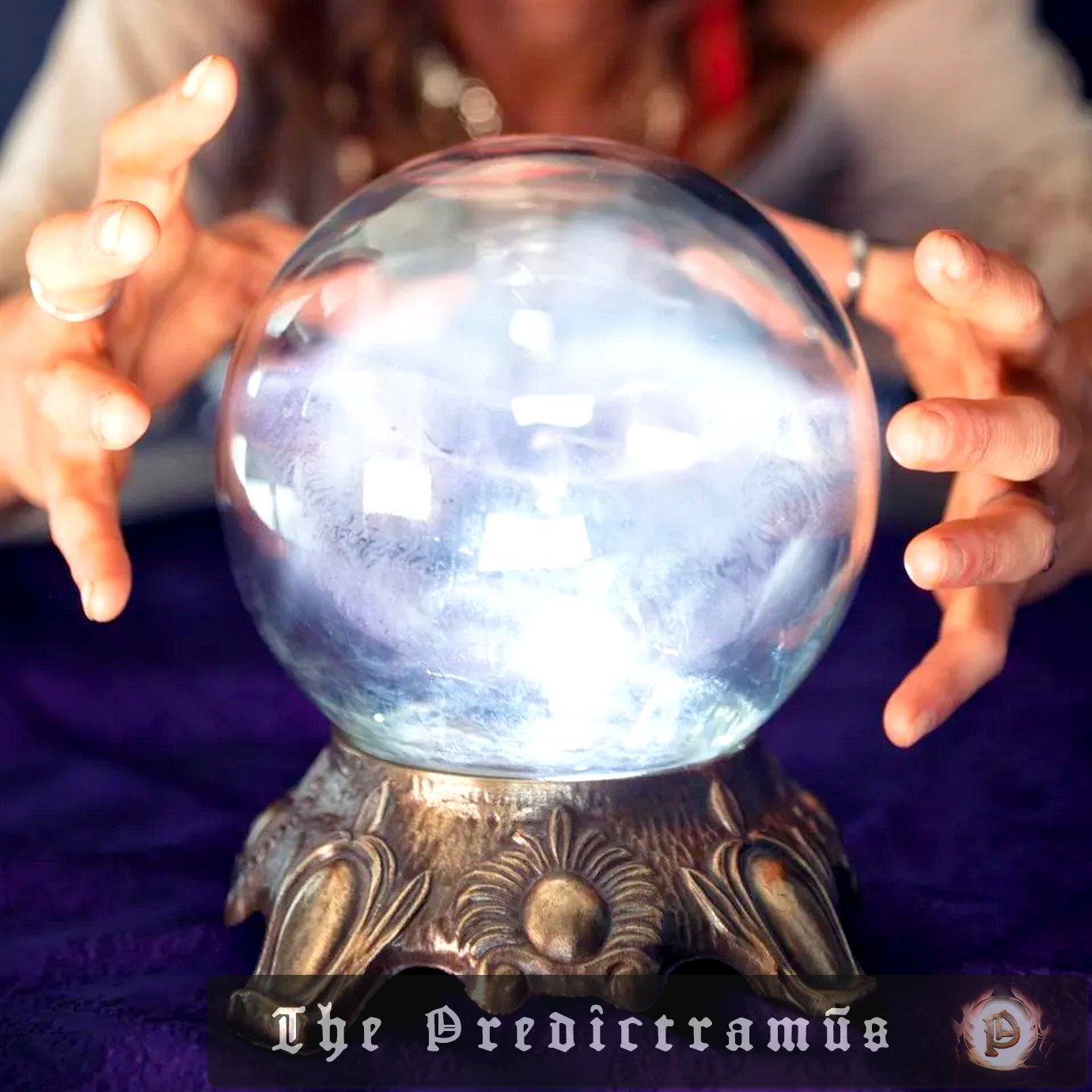Researchers in France have made a breakthrough in quantum sensing by developing a hybrid system that combines the precision of quantum devices with the robustness of classical sensors. The new technique uses trapped ultracold atoms to detect acceleration and rotation, and when paired with a classical inertial sensor, it can measure inertial quantities with unprecedented…
Physics on The Soothsayer / page 14
Researchers at the IBS Center for Climate Physics have simulated the effects of a medium-sized asteroid impact on Earth’s climate. The study reveals that such an event would lead to a dramatic disruption of the climate, atmospheric chemistry, and global photosynthesis. The impact would cause a “global impact winter” with reduced sunlight, cold temperatures, and…
Scientists in Japan and Taiwan have made a groundbreaking discovery that could reshape our understanding of the Earth’s interior. Experiments conducted by Haruki Takezawa and Kei Hirose at the University of Tokyo suggest that the Earth’s core could contain a vast reservoir of primordial helium-3, a light noble gas that was present when the planet…
A team of researchers from Linköping University in Sweden and Cornell University in the US has made a significant breakthrough in recycling perovskite solar cells, a promising material for next-generation solar panels. The team has developed a simple, non-toxic, water-based solvent to recycle almost all components of perovskite solar cells, which can be used to…
Researchers from the Amazon Web Services (AWS) Center for Quantum Computing have announced a breakthrough in quantum error correction using cat qubits, which could shorten the time required to develop large-scale, fault-tolerant quantum computers by up to five years. This innovation uses a special type of qubit called a cat qubit to reduce the total…
Researchers in Australia have developed a nanosensor that can detect the onset of gestational diabetes with 95% accuracy. The superparamagnetic “nanoflower” sensor uses specially engineered nanoparticles to isolate and detect biomarkers in the blood associated with complications in early pregnancy. This technology has the potential to revolutionize risk assessment and improve clinical decision-making in obstetric…
Physicists in Austria have successfully verified a long-predicted phenomenon from Einstein’s special theory of relativity, known as the “Terrell effect.” This effect states that objects moving near the speed of light will appear rotated to an external observer. Researchers used a laser and an ultrafast stop-motion camera to capture the rotation of a sphere and…
Researchers at Northwestern University have discovered a unique structure within the mantis shrimp’s dactyl club that filters out harmful frequencies, preventing damage to its own tissues. This finding could lead to the development of advanced protective materials for military and civilian applications. The team’s research used ultrasonic techniques to investigate surface and bulk wave propagation…
Researchers from the University of Minnesota Twin Cities have developed an optical sensor that can measure the impact of radiative heat inside buildings, a crucial aspect of maintaining occupant comfort and energy efficiency. The sensor uses low-resolution, low-cost infrared sensors to measure the longwave mean radiant temperature, eliminating the need for expensive and bulky radiometers…
A team of scientists from the Event Horizon Telescope (EHT) has made a groundbreaking discovery about the supermassive black hole M87*. By analyzing observations from 2017 and 2018, the researchers found that the black hole’s rotational axis points away from Earth and that turbulence within the accretion disc plays a significant role in changing its…










